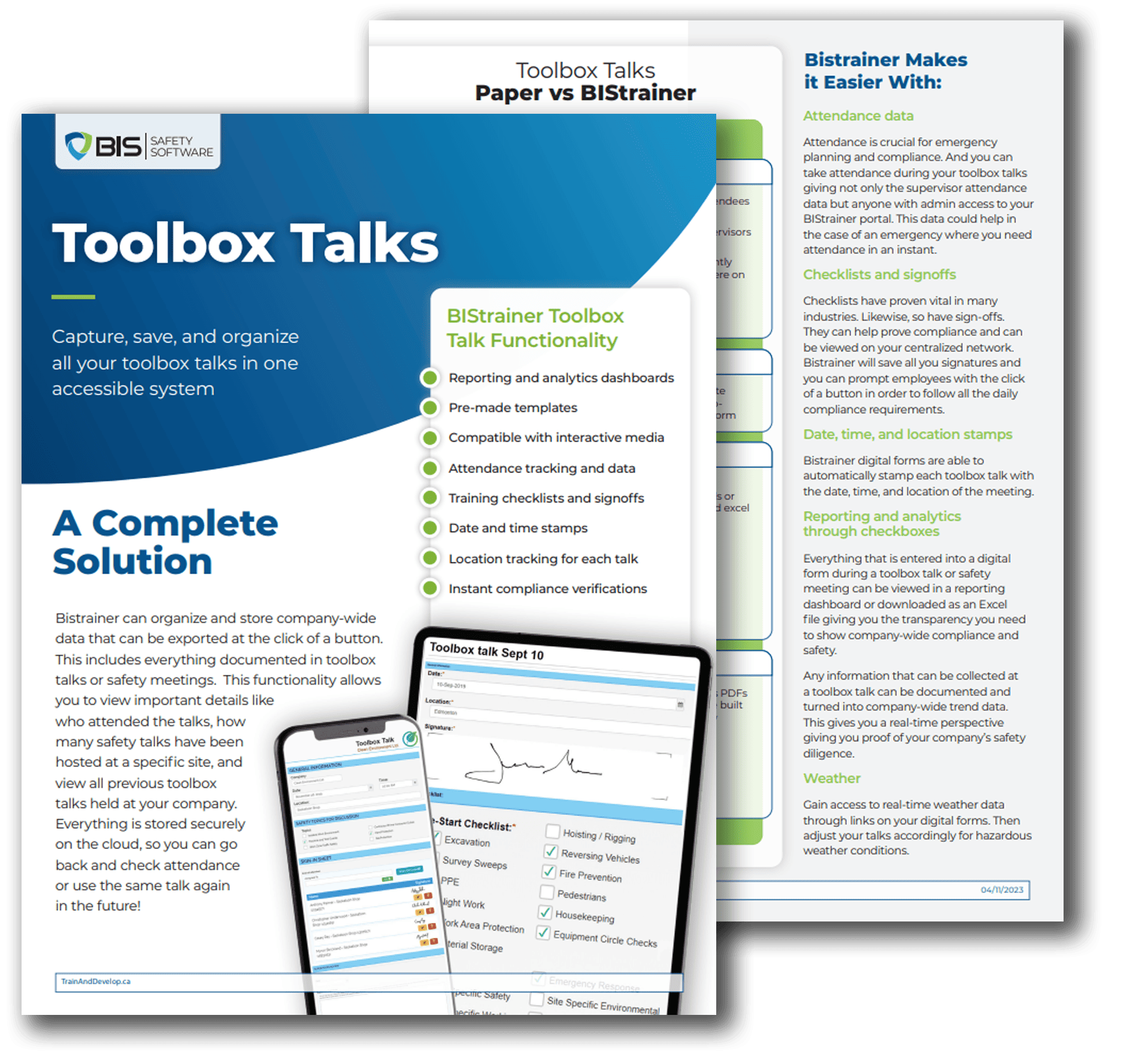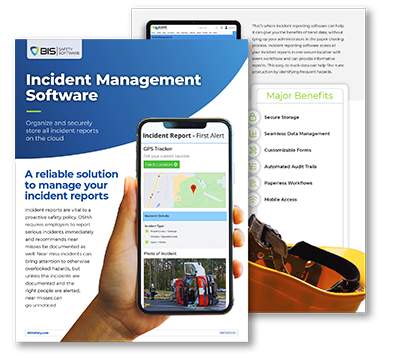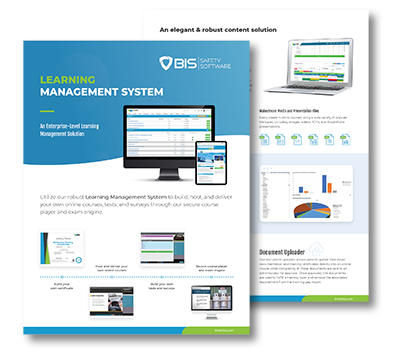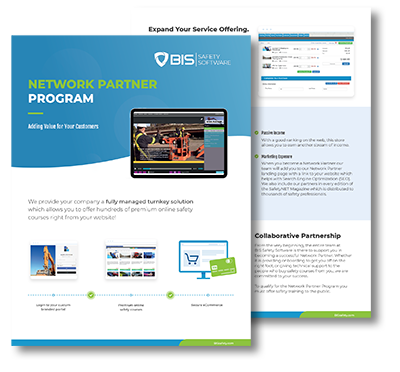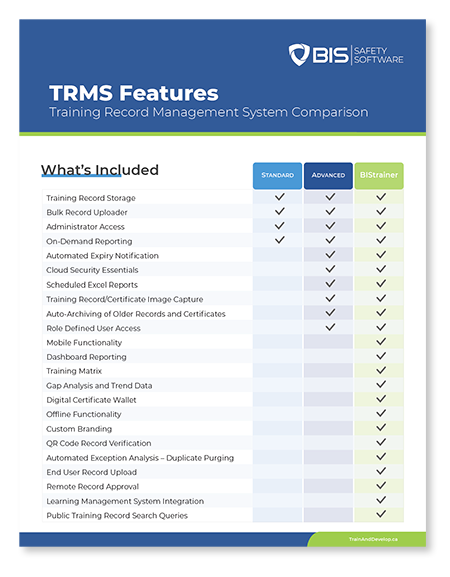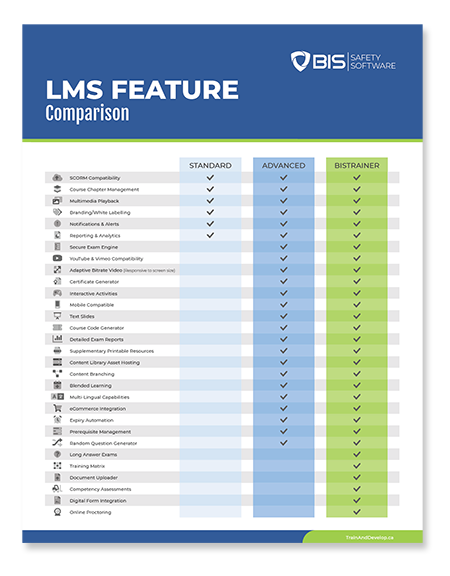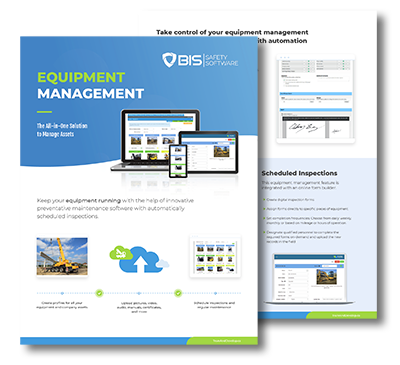Earn your ESTS Electrical Workers (USA) certificate upon successful completion of this course
Electrical Safety Training System Electrical Worker USA
ELECTRICAL SAFETY TRAINING SYSTEM ELECTRICAL WORKER USA COURSE OVERVIEW
The Electrical Safety Training System (ESTS) is a state-of-the-art online multimedia safety training system that provides affordable, high quality, impactful, and credible electrical safety qualification, refresher, and awareness training. It uses 3D graphics, videos, and narrated content to provide information on arc flash and shock dangers, how to protect yourself from them, and how to follow up on preventive and protective control measures.
Unique to ESTS is its 3D virtual electrical workplace classroom, where you are able to apply your new knowledge in interactive scenarios about arc flash, shock, and application of the NFPA 70E standard for Electrical Safety in the Workplace.
This course was developed by a leading electrical safety subject matter expert with over 22 years of experience as an electrical engineer. In addition to having vast experience as an independent electrical safety consultant, the developer was the first Vice-Chair of the CSA Z462 Workplace Electrical Safety Technical Committee and is currently a CSA Z462 voting member and leader of Working Group 8 annexes.

ELECTRICAL SAFETY TRAINING SYSTEM ELECTRICAL WORKER USA COURSE TOPICS
Introduction
- Plan-Do-Check-Act process
- OSHA regulations, NFPA 70E, and safe work practices
- Electrical work tasks
- The resource toolbox
OSHA Regulations, Standards, and Best Practices
- OSHA regulations
- Consensus based standards
- The National Electrical Code
- Roles and responsibilities
- Employers
- Employees
Understanding Electricity in the Workplace
- Introduction to working with electricity
- Electrical hazards
- Shock
- Arc flash and arc blast
- Working with electricity
- Qualified and unqualified persons
- Approach boundaries
- Overhead power lines and limits of approach
Electrical Hazards: Understanding the Danger
- Effects of electricity
- Case histories/testimonials
- Electric shock
- Effects of shock
- Step and touch potential
- Short and long term effects of repeated shocks
- Reporting shocks
- Case histories/testimonials
- How the industry has improved
- Effects of arc flash and blast
- Primary effects
- Secondary effects
- The aftermath
- Normal vs. abnormal conditions
- Message to all workers
Electrical Hazard Analysis
- Introduction to electrical hazard analysis
- Risk assessments
- Determining work tasks and risk
- Importance of single line diagrams
- Formal documentation
- Work flow process
- Electrical hazard analysis
- Shock hazard analysis
- Arc flash hazard analysis
- Method 1: Using engineering calculations
- Method 2: Using hazard/risk categories
Establishing an Electrically Safe Work Condition
- Preventive and protective control measures
- De-energizing
- Isolation
- Lock out and tagging
- Temporary protective grounding/ground truck and test devices
- Test-Before-Touch
Engineering and Administrative Controls
- Engineering safety by design
- Equipment maintenance
- Administration as a control
- Safe work practices and procedures
- Energized electrical work permit
- Arc flash boundary and approach boundaries for shock
- Preventive and protective control measures.
- Labels and signage
- Scenario
Electrical Specific PPE, Tools, and Equipment
- Selection and Management
- Control using electrical specific PPE, tools, and equipment
- Shock protection PPE
- Shock protection tools and equipment
- Insulated and insulating hand tools
- Voltage detectors and digital multi-meters
- Temporary protective grounds
- Arc flash protection PPE
- Other clothing
- Selection
- Selection of PPE
- Shock protection PPE selection
- Arc flash protection PPE selection
- Identifying arc rating of clothing
- Layering of arc rated clothing
- You are as strong as your weakest link
- Management
- Introduction
- PPE specification
- PPE care
- Storage
- Cleaning and laundering
- PPE use
- Pre-use inspections
- Shared vs. individually issued
- Performance management
- PPE maintenance
- Testing
Emergency Response, Incident Reporting, and Program Maintenance
- Emergency response planning
- Qualified electrical emergency response personnel
- Rescue plans and procedures
- Effect of incidents
- Incident reporting
- Maintaining your electrical safety program
Final Assessment
- Final Assessment – 30 question exam, 3 attempts, 80% passing grade
- Work Task Scenario 1 – Repair a lighting fixture in the virtual electrical workplace
- Work Task Scenario 2 – Follow work flow process for electrical work task
- Work Task Scenario 3 – Rack out a power circuit breaker in the virtual electrical workplace
Duration
Average Completion Time
Completion times vary depending on the number of times the information is viewed prior to finishing the course. The average completion time is 6 hours.

Testing
Knowledge Assessment
Testing is conducted in this online course to reinforce the information presented. You are provided two opportunities to achieve a passing mark of 80% or greater.

Certificate
Certificate of Completion
Upon successful completion of this course, a certificate will be available to download and print. You can access your certificate through your online account.



















